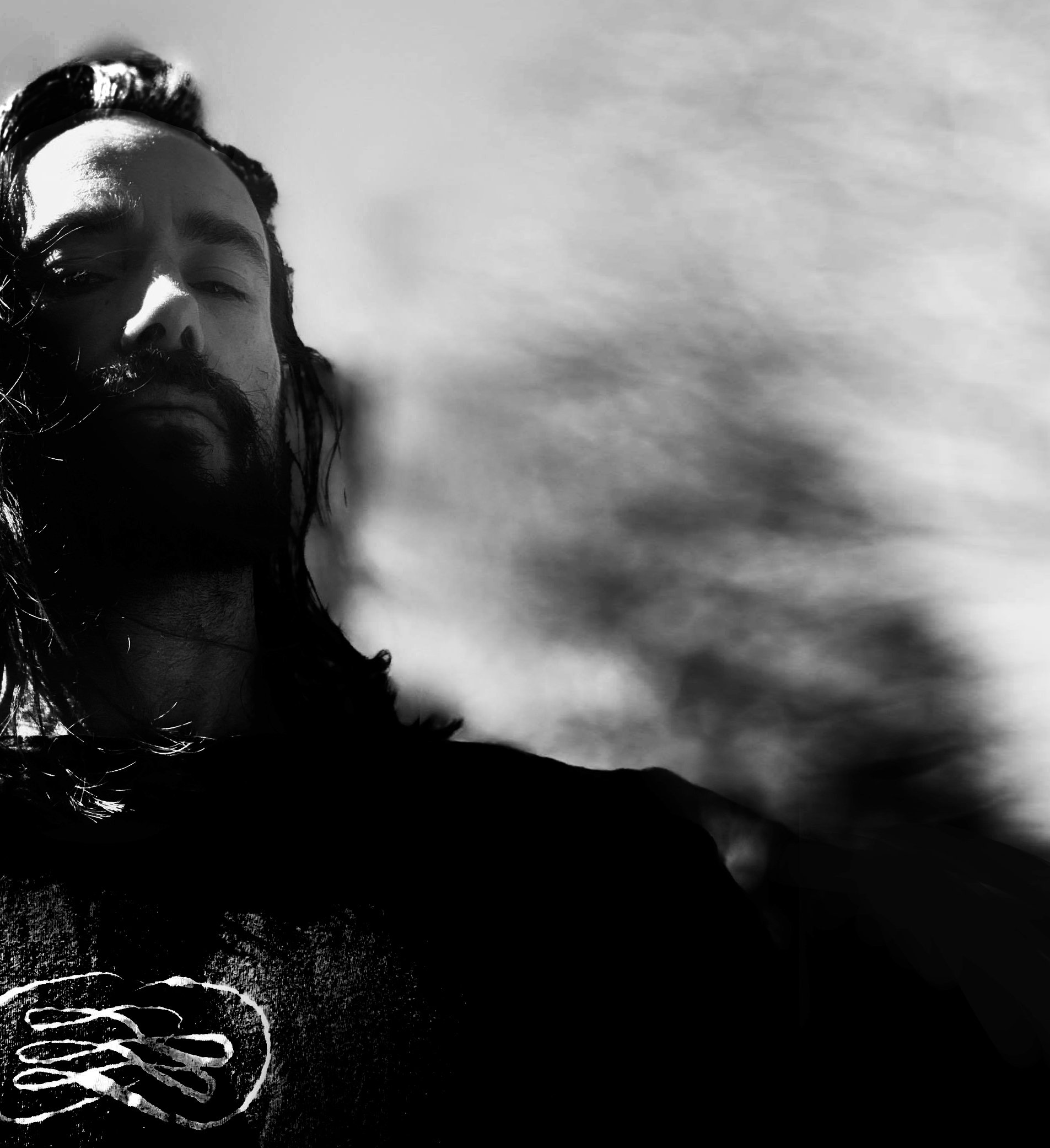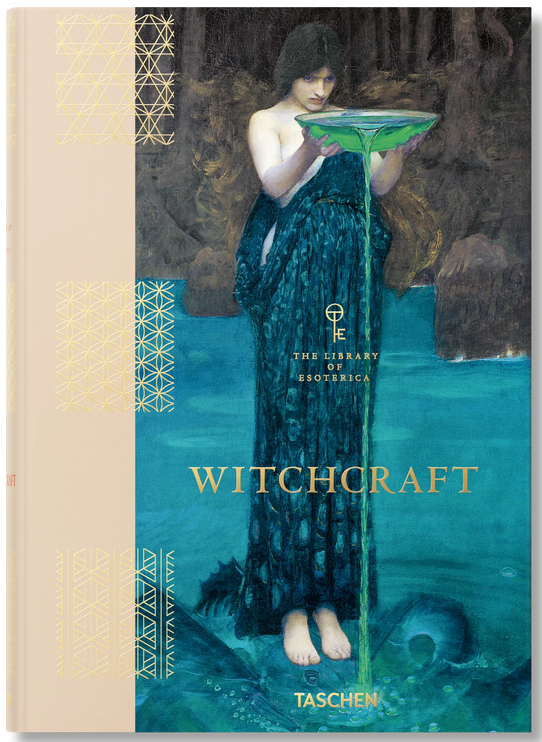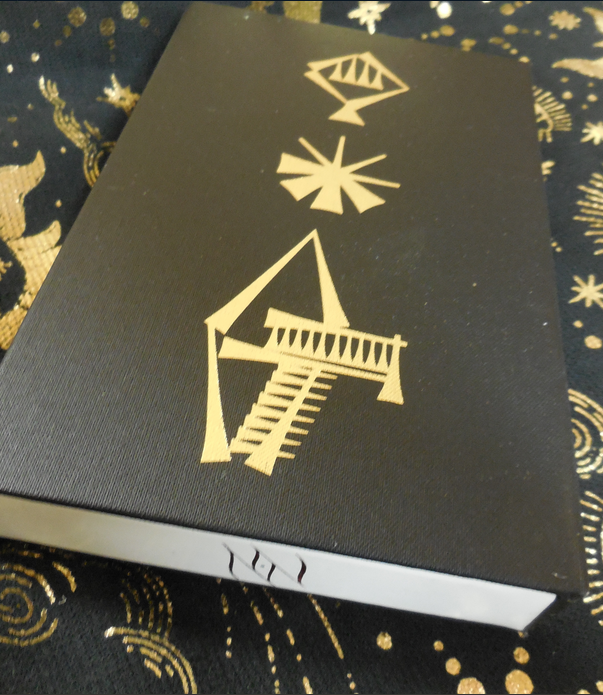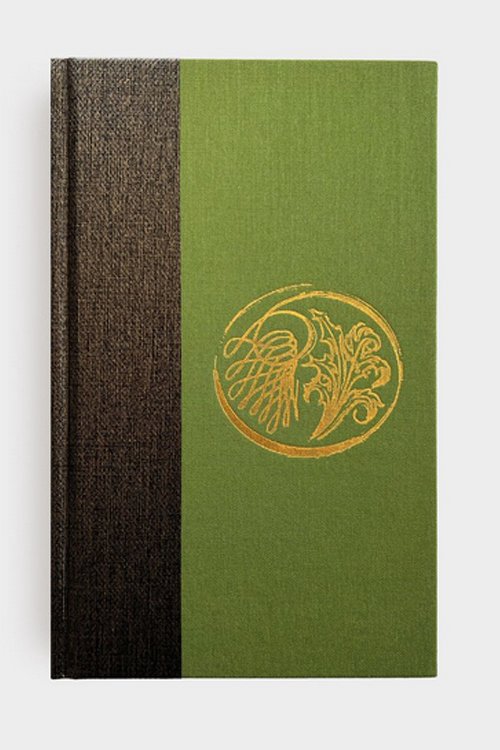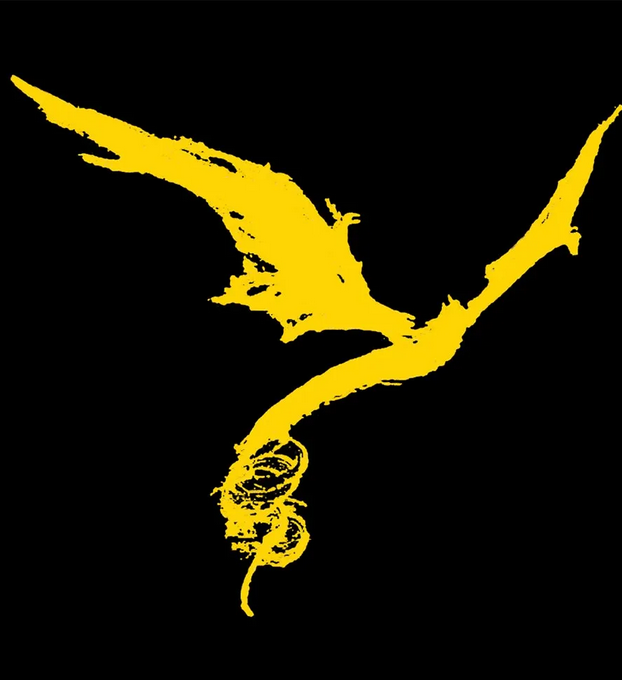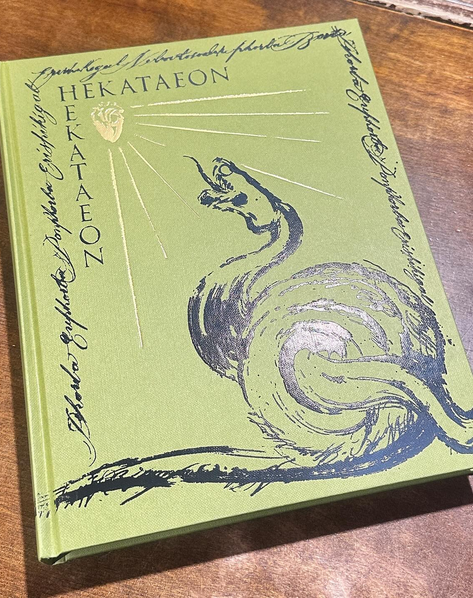Rowan E. Cassidy
The term ‘magic’ has been so radically diluted over the years it has lost whatever magic it once held. So too terms like sorcery, witchcraft and spells. They have become the realm of Disney fantasia, sit-com entertainment and romance, their potent incarnations left like pollen in the wind, causing the occasional sneeze. But Rowan E. Cassidy isn’t buying into the schmaltz. Magic, he insists, can still be found.
A part of Cassidy’s magic is in the strange way he evokes a sense of music. This is, of course, in his use of calligraphy which inevitably allows a sense of poetry or at least the poetic. But under Cassidy’s hand, and when combined with his often dark and foreboding imagery, that music can range from the lyrical, genteel and romantic, to the searing and discordant, more LA Punk than enchanting parlour music. Jack Grayle, author of The Hekataeon, captures this dead-on when he discusses Cassidy’s “visceral physicality” as he applies his inks and charcoals with a savage aggressiveness.
Cassidy is by no means a naïve artist. He studied at the Australian National Art School followed by Communication Design at James Cook University. He went on to design for numerous successful feature films in Los Angeles and elsewhere. Successful in all these fields he inevitably rebelled, moving to Bali in Indonesia in order to concentrate on not only his painterly ambitions but to immerse himself in his fascination with the visionary and the esoteric. Unlike many such artists, there was zero tolerance for the more hippy-trippy aspect of such an ambition. When he veers into colour it is with a palette that borders on the severe melancholia of an Edvard Munch rather than 1960s psychedelia. In that regard Cassidy is perhaps more of an intellectual artist than an expressionist. When he tackles William Blake it is by no means with a wide-eyed celebration; Cassidy sees Blake in all the gory glory for which he is rightfully historicised.
Can there be such a thing as a Postmodern Mystic? It seems a strangely apt title for such an original artist. But using a graphic sensibility so fine-tuned and applying it to elements of the cosmic enlightenment creates a strange alchemy of its own, one that drags ancient fears into the new century, both evoking nightmares and calling for rational dreams.
Cassidy recently sent me an image. The stuff of nightmares: A black horse plummeting from the sky in what at first may seem like a ghastly death plunge, its sleek torso heading for bloody decimation upon the rocks below. But so perfect is this evidently doomed creature that I looked away, somehow convinced that this stallion would right itself mid-air to continue its potent existence.
– Ashley Crawford.
Dr. Ashley Crawford is the author of Dark Gnosis: Religious Imaging in Millennialist America (Palgrave MacMillan, New York)

